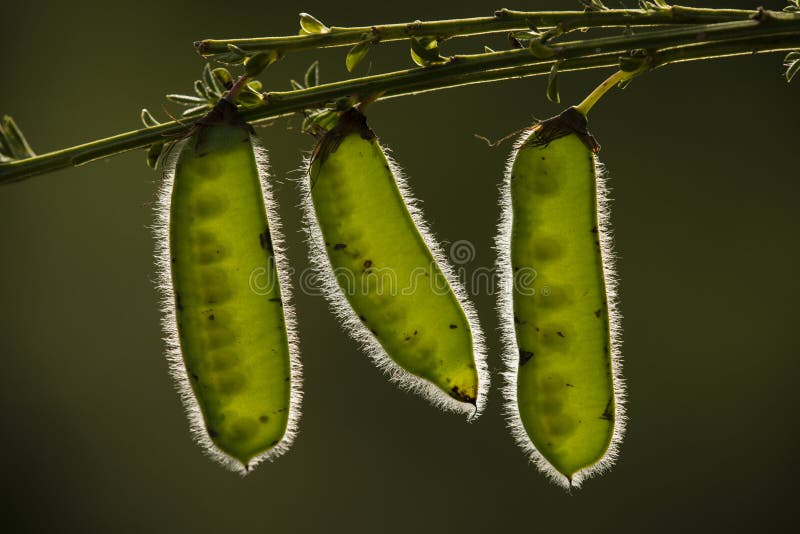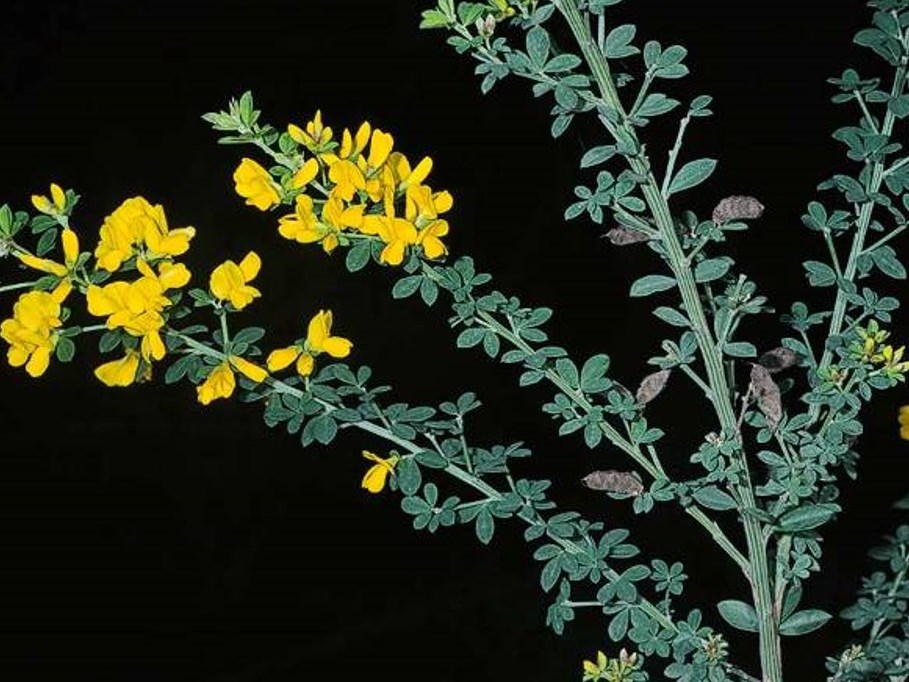

:max_bytes(150000):strip_icc()/growing-broom-plants-5089367_02-909b7f23c96347deaa69b3db64d85b02.jpg)
Weather heavily impacts our decision to start spraying each year, and influences when we can spray each day. We walk through an area in a grid fashion to ensure we cover all of the ground, making sure to only spray invasive plants. Every spring, the Conservancy loads up our backpack sprayers and heads out into the grasslands. For best results, annual plants should be sprayed while in the rosette stage and perennials should be sprayed during the times of the year they are actively growing. However, timing the application is the most critical for this method. Spot herbicide treatment is another method that targets only the invasive species while keeping the rest of the habitat intact.
#FRENCH BROOM PLANT PATCH#
Herbicide 2021 Field Crew members Kevin Nolan and Mary Snook spray herbicide on a patch of invasive plants, including Italian thistle. Deciding which minimally intrusive methods we use can change daily, but we tend to stick to a seasonal schedule.Ģ. With an incredible attention to detail, our team spot treats individual plants rather than treating an entire area, making sure to factor in environmental conditions such as terrain, proximity to water, soil conditions, and weather. Minimally intrusive methods are those that succeed in removing invasive plants without impacting native species or disrupting the habitat. We use four tried and true methods to target invasive plants: hand pulling, spot-spraying herbicide, spot-mowing, and cut and daub. Here on the Santa Lucia Preserve, the Conservancy practices minimally intrusive methods for maximum effect. There are numerous ways to treat invasive species in natural areas, however, not all methods leave the same mark on the landscape or can be applied everywhere. Photo by Alix Soliman.ĪugBy Jenna Allred, Natural Lands Manager, and Jackson Brooke, Restoration Technician Romulea rosea var.Natalie Chapman and Jackson Brooke hand pull weeds in the Enchanted Forest.

Pyracantha crenulata Nepalese firethorn.Pyracantha angustifolia narrowleaf firethorn.Potamogeton crispus curly-leaved pondweed.Polypogon monspeliensis rabbitsfoot grass.Polygala myrtifolia myrtle-leaf milkwort.Plecostachys serpyllifolia petite-licorice.Phoenix canariensis Canary Island date palm.Persicaria wallichii Himalayan knotweed.Pennisetum setaceum crimson fountain grass.Passiflora tarminiana banana passionfruit.Parthenium hysterophorus Santa Maria feverfew.Orobanche aegyptiaca Egyptian broomrape.Ononis alopecuroides foxtail restharrow.Myriophyllum spicatum spike watermilfoil.Myosotis latifolia common forget-me-not.Mesembryanthemum nodiflorum slenderleaf iceplant.Mesembryanthemum crystallinum crystalline iceplant.Medicago polymorpha California burclover.Malephora crocea coppery Mesembryanthemum.Lythrum hyssopifolia hyssop loosestrife.Ludwigia peploides floating water primrose.Ludwigia hexapetala creeping waterprimrose.Limonium ramosissimum Algerian sea lavender.Limonium duriusculum European sea lavender.Limnobium spongia South American spongeplant.Leptospermum laevigatum Australian tea tree.Lepidium latifolium perennial pepperweed.Lepidium draba heart-podded hoary cress.Lepidium chalepense lens-podded hoary cress.Lathyrus latifolius perennial sweet pea.Hypericum grandifolium large-leaved Hypericum.



 0 kommentar(er)
0 kommentar(er)
